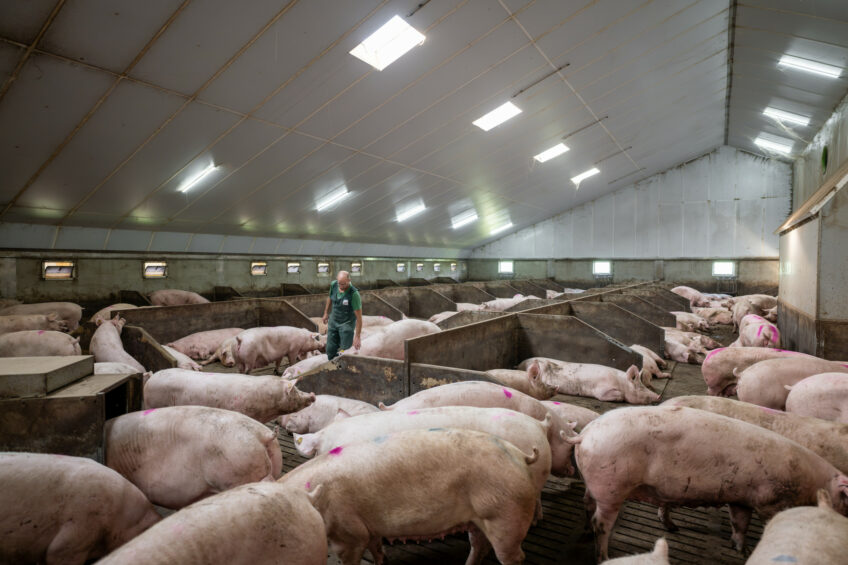RaboResearch: Uncertainties make pork producers cautious

Pork producers around the world are cautious about herd rebuilding. That is mostly related to ongoing uncertainties regarding trade, disease and demand. Logistical challenges and potential impacts from La Niña further complicate the market. This is the summary of the periodical RaboResearch market analysis.
The bank, traditionally strong in agribusiness matters, wrote in its most recent update that the global sow herd has remained steady through the third quarter of 2024, with little sign of expansion despite improved profitability in some regions. Christine McCracken is senior animal protein analyst for RaboResearch. In a press statement, she says: “We expect a seasonal production increase as temperatures cool and fresh corn becomes available, though herd health challenges typically rise during this period.”
Biosecurity
Biosecurity remains a top priority due to ongoing disease risks. Disease outbreaks in South Korea, Russia and the EU have led to production losses in the second half of 2024, limiting herd rebuilding despite effective biosecurity measures. China’s moderating disease pressure should support a return to herd growth in 2025. Slight production growth is also expected in Brazil, the US and southern EU countries, the bank wrote.
Pork production in EU grows
Interestingly, the bank wrote that pork production in the whole of the EU (27 countries) and the United Kingdom, was up 3% year-on-year between January and July 2024. The gain was equally divided between increased slaughter weights as well as higher slaughter numbers. Despite all that, the sow herd in the top-8 EU pork producing countries declined by 0.6% when compared to late 2023. That is consistent with production difficulties in for instance the Netherlands (where a decline of 10-15% year-on-year is projected), whereas Spain is still struggling with the PRRS strain Rosalía.
With global stocks providing an adequate buffer, we project another year of moderate cost of gain for most leading pork producers in 2024/25
Good year for feed production
Global feed inventories are nearing their best level in years. For that reason, hog production costs are lower in most regions, RaboResearch wrote. However, dry conditions in South America and Asia point to the fact that feed cost advantages are not uniform, the bank cautioned. In 2024, lower corn and soymeal costs have provided margin relief in some regions, while tighter wheat supplies have kept costs high in others. North America’s large harvest has rebuilt stocks, the bank wrote, mentioning a projected 10% increase in soybean production “and another strong corn harvest in 2024/25.”
The EU and Asia, however, have fallen short. McCracken said, “With global stocks providing an adequate buffer, we project another year of moderate cost of gain for most leading pork producers in 2024/25.” RaboResearch added that concerns about localised production shortfalls due to the weather phenomenon La Niña are focused on South and Central Asia, southern South America, northern Mexico and East Asia.
Positive trend in pork consumption
With regard to pork consumption, RaboResearch is optimistic. Consumption continues to improve, driven by better economic trends, the bank stated. Lower energy costs are helping to slow inflation, though higher costs for services and food weigh on consumers. Stronger seasonal demand and the high cost of competing proteins should support favourable consumption in the fourth quarter of 2024. McCracken said, “Consumer confidence remains a challenge in many markets due to ongoing economic difficulties. Consumption trends will impact prices, investment decisions, and global trade.”











